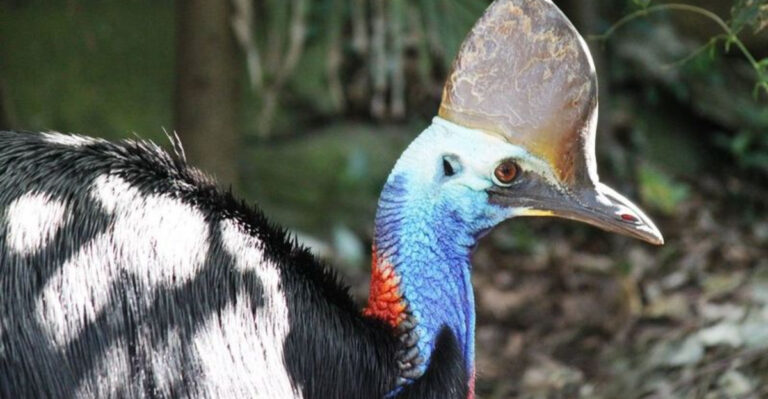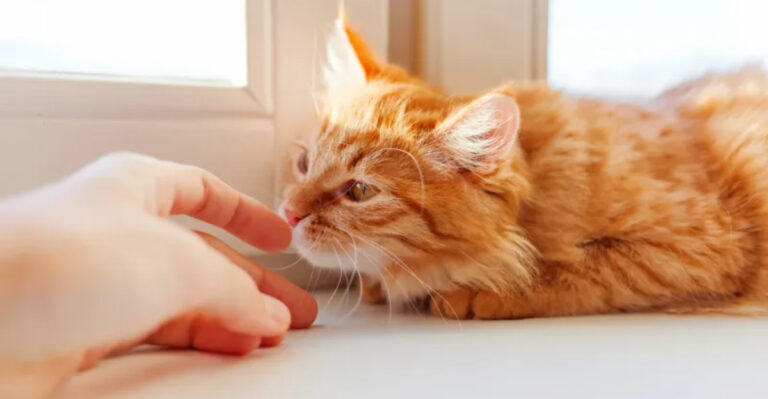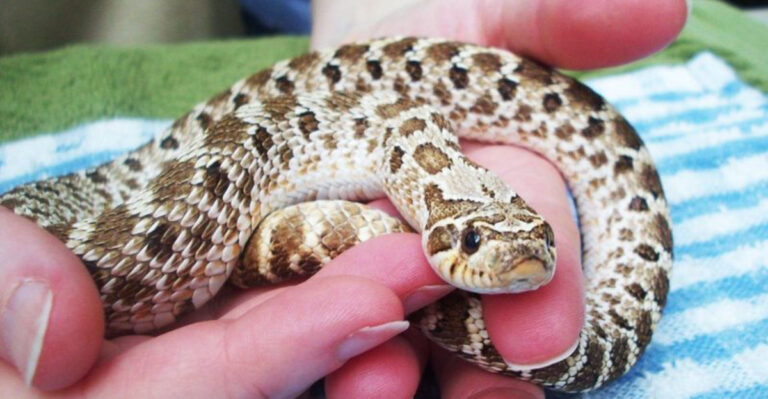22 Animals Helping Humans Heal From Trauma
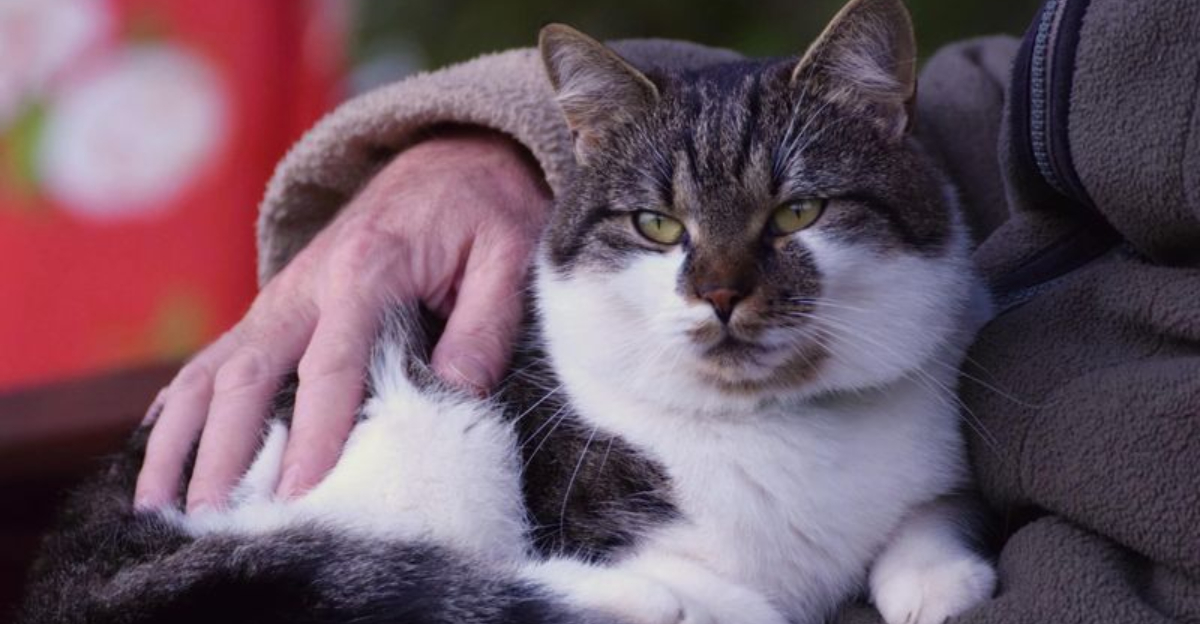
Throughout history, animals have had a special connection with humans, offering comfort, companionship, and healing.
In the realm of therapy, they play an indispensable role in helping people overcome trauma and emotional challenges.
1. Chickens
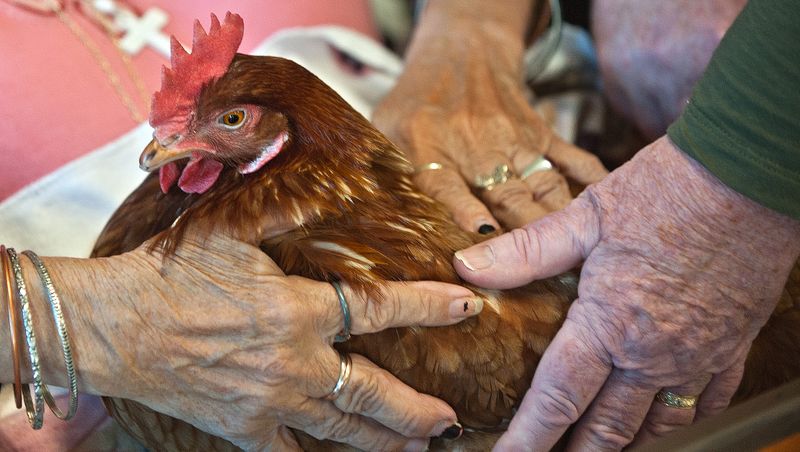
Chickens are not just for the farm anymore; they’ve clucked their way into therapy sessions.
Known for their calming clucks and soft feathers, chickens provide a soothing presence that can ease anxiety and depression.
Their gentle nature allows individuals to focus on the simple, nurturing act of caring for another being.
This, in turn, helps patients open up emotionally, facilitating therapeutic breakthroughs. Who knew that these feathered friends could offer such profound support in healing from trauma?
2. Bunnies

Imagine the softest little companion curling up in your lap, and you’ve got a therapy bunny.
These adorable creatures offer a gentle form of comfort, reducing stress and anxiety with every nuzzle. Their presence encourages mindfulness, helping patients stay grounded in the present moment.
By simply petting a bunny, individuals can experience a significant decrease in cortisol levels, promoting relaxation. It’s no wonder these fluffy companions are hopping into therapy sessions everywhere!
3. Miniature Horses
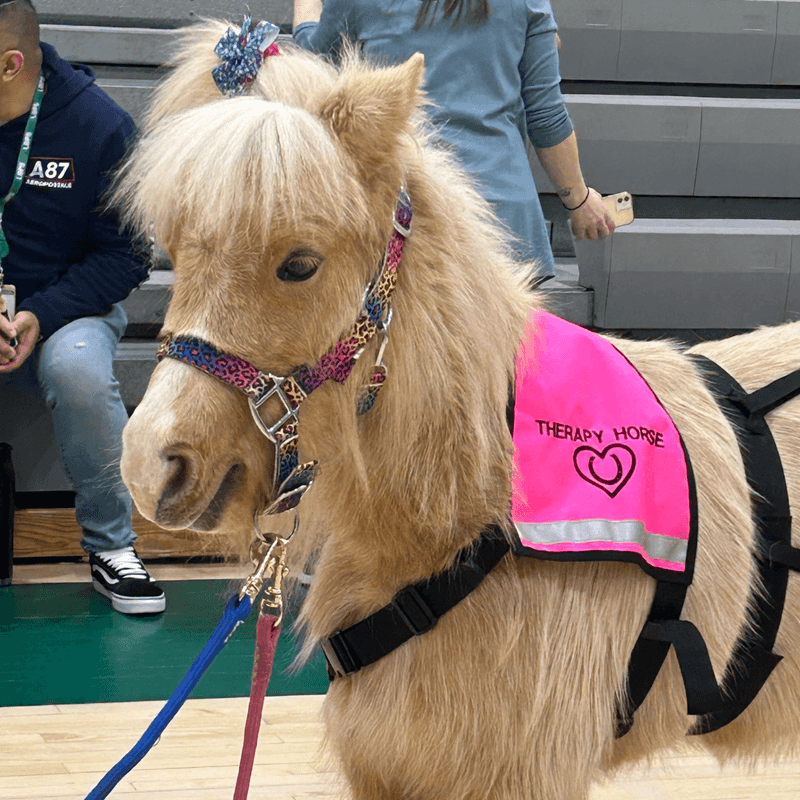
Miniature horses gallop their way into the hearts of many seeking emotional healing.
Their small size makes them less intimidating, yet their gentle demeanor offers a comforting presence. These horses assist in building trust and communication skills, crucial for trauma recovery.
They mirror the emotions of those around them, allowing patients to better understand their own feelings. Miniature horses are truly tiny giants in the world of therapy animals.
4. Rats
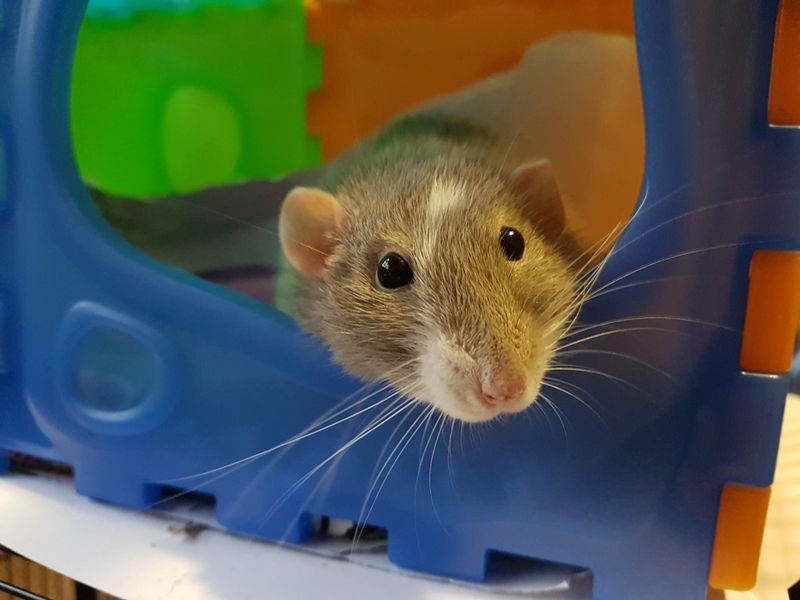
Rats might not be the first animal that comes to mind for therapy, but they are surprisingly effective.
Their intelligence and sociable nature make them excellent companions, especially for those dealing with trauma. They are easy to care for, which instills a sense of responsibility and achievement in patients.
Plus, their playful antics can bring joy and laughter, two critical components in the healing process. Who would’ve thought these little critters could make such a big difference?
5. Therapy Dogs

Dogs, often termed as man’s best friend, are the poster animals for therapy.
Their loyalty and understanding gaze make them perfect partners in emotional healing. Therapy dogs help break down emotional barriers, allowing individuals to express themselves more freely.
By providing unconditional love, they boost self-esteem and promote social interaction. A wagging tail and a warm heart can be the best medicine for those healing from trauma.
Don’t forget to reward your therapy dog with treats for their hard work!
6. Guinea Pigs
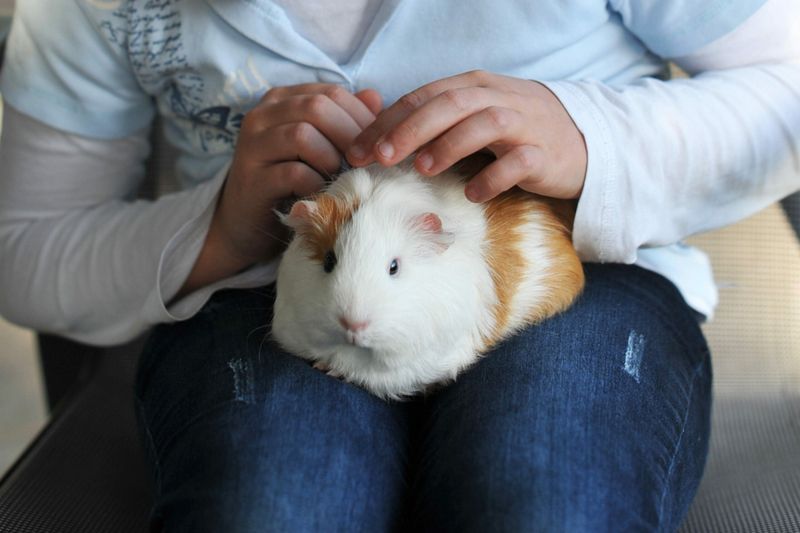
Guinea pigs, with their gentle chirps and small size, can be incredibly calming for those in therapy.
Their easy care routine and cute demeanor make them accessible companions for all ages. These small creatures encourage empathy and patience, vital ingredients for emotional healing.
Watching them scuttle about can be particularly soothing, providing a gentle distraction from stress and worries. The guinea pig’s simple presence offers a unique comfort to those on their healing journey.
7. Turtles
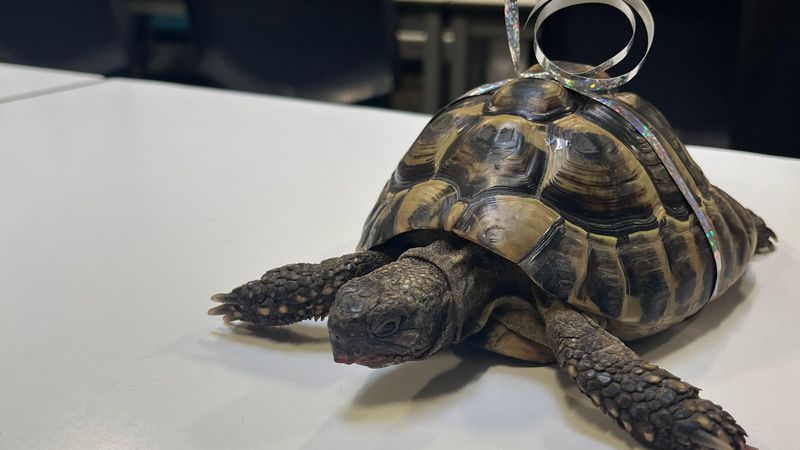
Turtles might not be the fastest animals in the therapy world, but they’re certainly effective.
Their slow and steady nature encourages mindfulness and patience, valuable tools in recovering from trauma. Observing a turtle can provide a calming influence, reminding individuals to take life one step at a time.
Their hard shells symbolize resilience and protection, offering a metaphorical lesson in emotional strength. Turtles truly have a unique way of helping humans heal.
8. Equine Therapy

Equine therapy involves full-sized horses, providing a majestic and empowering experience.
These gentle giants help individuals develop confidence and self-awareness, crucial in overcoming trauma. Horses reflect the emotions of those around them, acting as mirrors to help patients understand their feelings.
The physical activity involved in caring for and riding horses also promotes physical health and well-being. Equine therapy is a testament to the profound bond between humans and animals.
9. Llamas
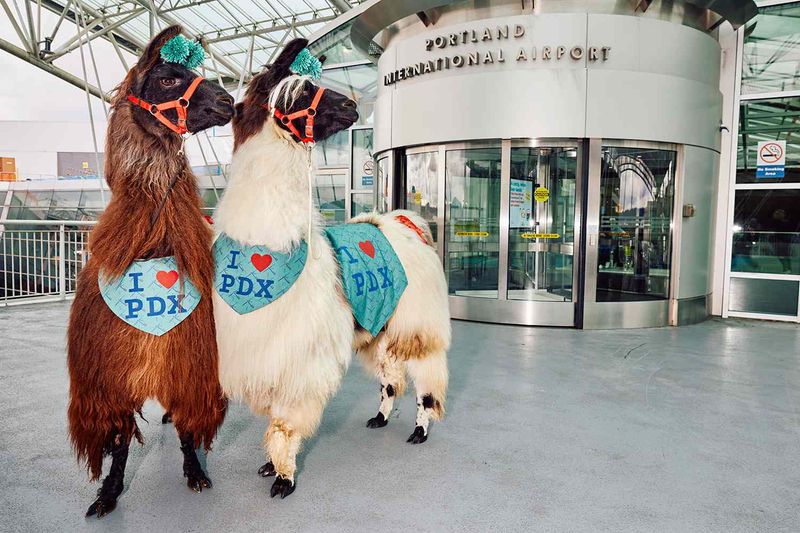
Llamas, with their curious looks and gentle nature, offer a unique form of emotional support.
Their presence can be both calming and uplifting, helping individuals open up and share in a therapeutic setting. These animals are known for their ability to bond with humans, providing comfort and companionship.
Their quirky personalities bring joy and laughter, essential ingredients in the healing process. Llamas truly stand tall in the world of therapy animals.
10. Pigs
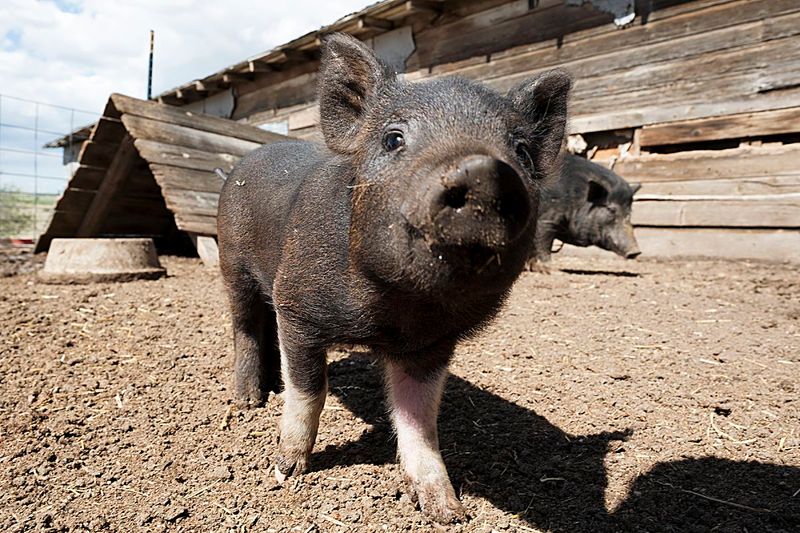
Pigs, often associated with intelligence and curiosity, have found their place in therapy.
Their friendly and sociable nature makes them excellent companions for those recovering from trauma. Pigs are known to be highly empathetic creatures, often sensing the emotions of those around them.
This sensitivity allows them to provide comfort and reassurance to patients. Their playful antics can lighten the mood, creating a positive environment for healing.
Pigs are indeed an unexpected but delightful addition to therapy programs.
11. Parrots
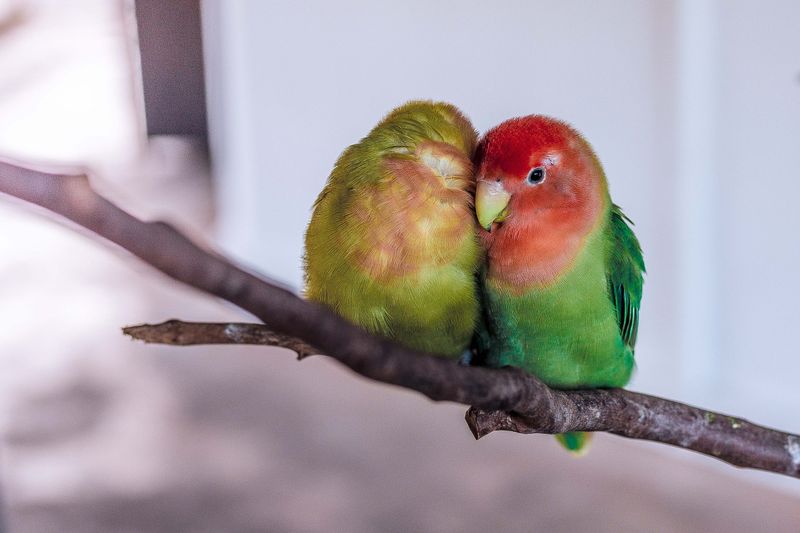
Parrots, with their vibrant colors and mimicking abilities, bring joy and entertainment to therapy sessions.
Their ability to communicate and bond with humans can be incredibly therapeutic. Parrots encourage social interaction, helping individuals break out of their shells and express themselves.
Their lively presence can reduce feelings of isolation and loneliness, common among trauma survivors. Parrots, with their talkative nature, add a splash of color and conversation to the healing process.
12. Alpacas
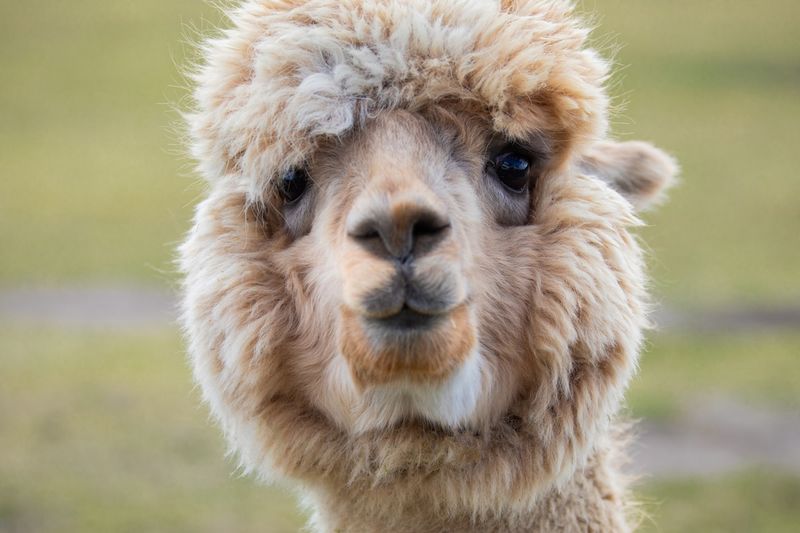
Alpacas, known for their soft fur and gentle demeanor, have become popular therapy animals.
Their calm and friendly nature can provide immense comfort to those dealing with trauma. Alpacas encourage interaction and communication, helping individuals open up in a therapeutic setting.
Their fluffy appearance and sweet temperament bring smiles and joy, lightening the emotional load of therapy. Alpacas truly wool the hearts of those they work with.
13. Chinchillas
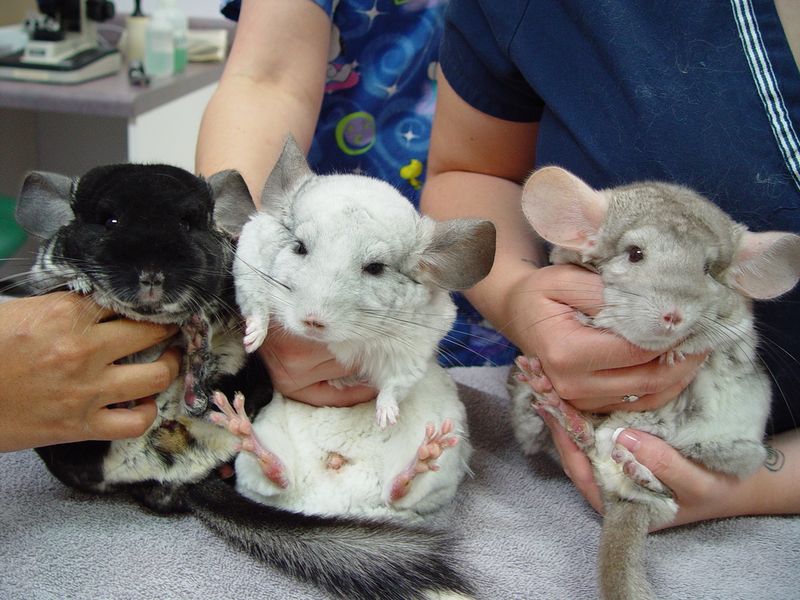
Chinchillas, with their plush fur and gentle nature, provide a unique form of comfort in therapy.
Their soft touch can be particularly soothing, offering a tactile form of relaxation. Chinchillas are known for their playful antics, bringing laughter and joy to therapy sessions.
These small creatures help individuals focus on the present, reducing anxiety and stress. Chinchillas, with their gentle presence, are proof that good things come in small packages.
14. Dolphin-Assisted Therapy
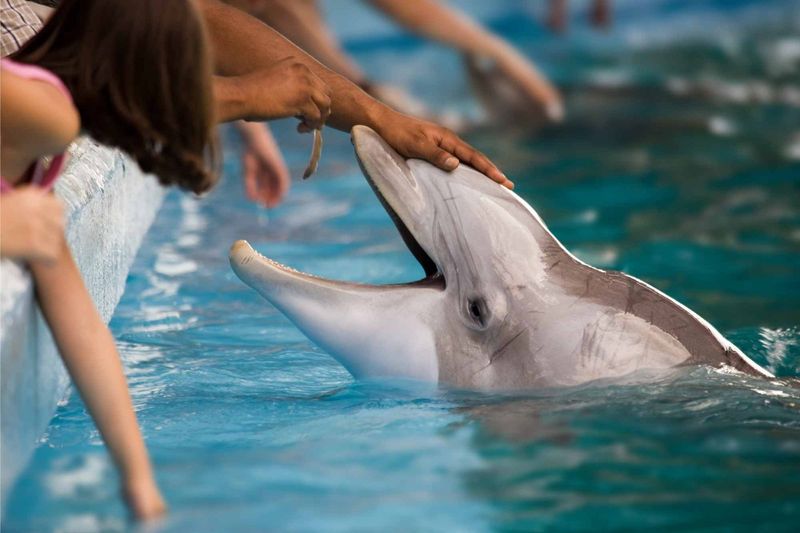
Dolphins, known for their intelligence and playful nature, offer a unique form of therapy.
Interacting with dolphins can boost mood and increase positive emotions, crucial for trauma recovery. Their gentle demeanor and ability to connect with humans provide comfort and reassurance.
Swimming with dolphins encourages physical activity, promoting both mental and physical well-being. Dolphins, with their joyful antics, are indeed healers of the sea.
15. Fish
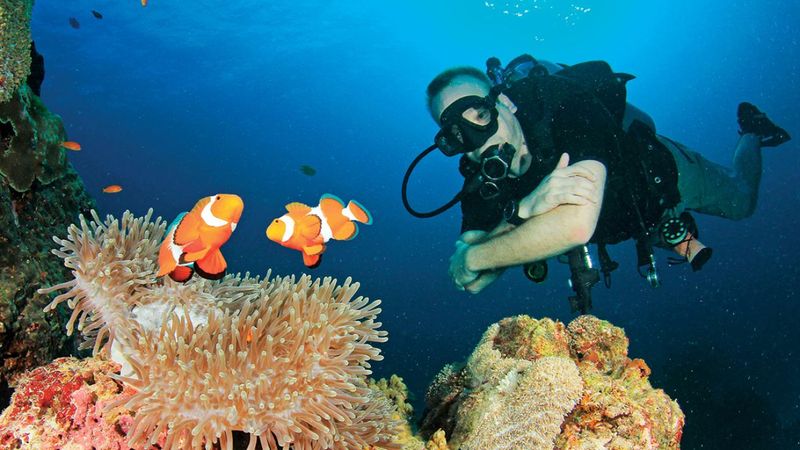
Fish tanks are more than just decorative features; they serve therapeutic purposes too.
Watching fish swim gracefully can reduce stress and promote relaxation, essential in trauma recovery. Aquariums provide a peaceful environment, encouraging mindfulness and contemplation.
The rhythmic movement of fish can captivate and calm the mind, offering a soothing escape from daily worries. Fish, with their quiet elegance, add tranquility to the healing process.
16. Goats
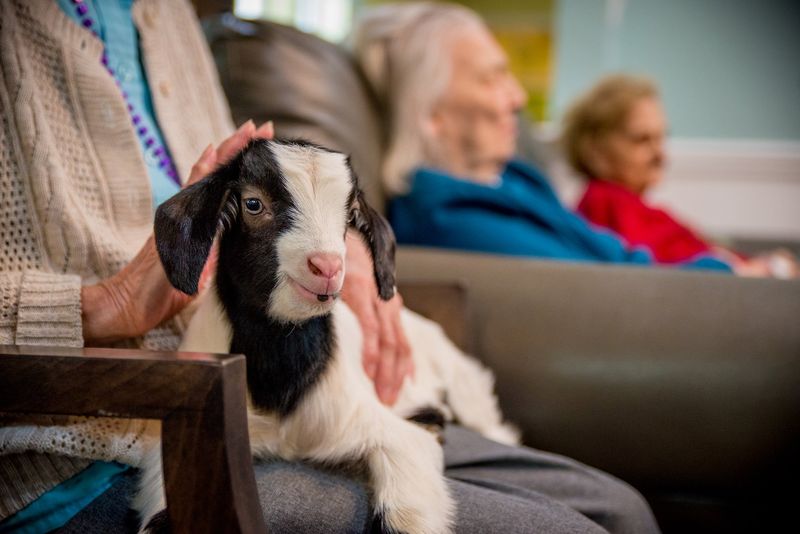
Goats, with their playful and curious nature, bring joy and laughter to therapy sessions.
Their friendly demeanor encourages interaction and bonding, helping individuals open up emotionally. Goats are known for their ability to sense emotions, providing comfort and empathy to those in need.
Their antics can lighten the mood, creating a positive environment for healing. Goats, with their charming personalities, are a baaa-lievable choice for therapy animals.
17. Cats

Cats, with their purring and independent spirit, offer a unique form of therapy.
Their soothing presence and gentle purrs can reduce anxiety and stress, promoting relaxation. Cats encourage individuals to open up emotionally, providing companionship and comfort.
Their playful nature can bring joy and laughter, essential elements in the healing process. Cats, with their mysterious charm, are purr-fect partners in therapy.
18. Ferrets
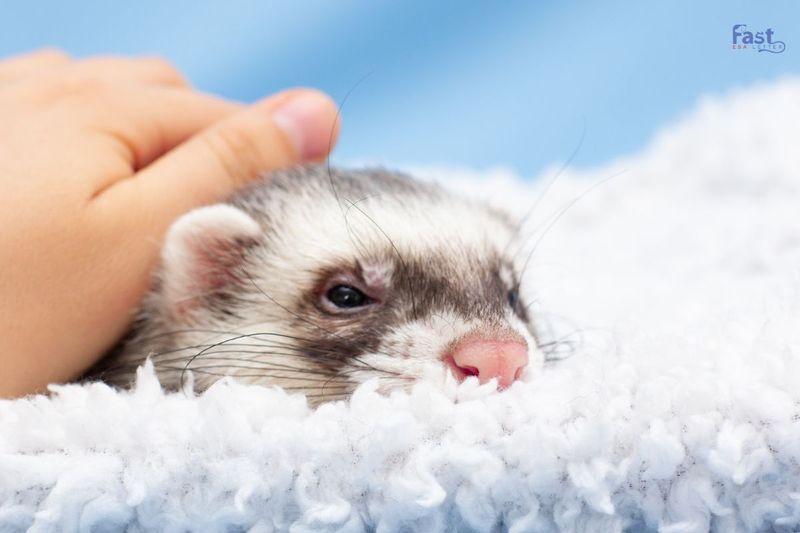
Ferrets, with their playful antics and curious nature, bring a sense of joy to therapy sessions.
Their lively personalities encourage interaction and engagement, helping individuals break out of their shells. Ferrets are known for their ability to form strong bonds, providing comfort and companionship.
Their energy and playfulness can reduce stress and lighten the mood, creating a positive environment for healing. Ferrets, with their mischievous charm, are indeed delightful therapy partners.
19. Donkeys

Donkeys, known for their gentle eyes and calm demeanor, offer comfort to those in therapy.
Their patient nature allows individuals to build trust and confidence, crucial in trauma recovery. Donkeys are empathetic creatures, often sensing emotions and providing reassurance.
Their presence can be grounding, helping patients stay focused and present. Donkeys, with their steadfast support, are an unexpected yet effective choice for therapy animals.
20. Sheep
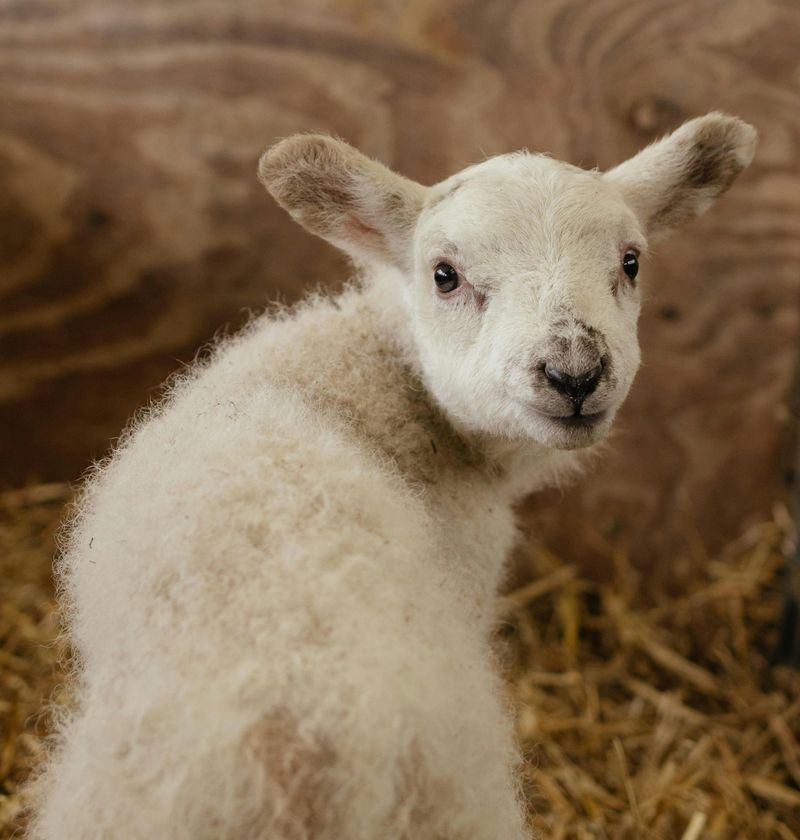
Sheep, with their fluffy wool and gentle nature, provide comfort in therapy.
Their calming presence can soothe anxiety and promote relaxation, essential in trauma recovery. Sheep encourage interaction and bonding, helping individuals open up emotionally.
Their peaceful demeanor and soft appearance bring a sense of tranquility and warmth to therapy sessions. Sheep, with their gentle spirit, are indeed shepherds of healing.
21. Snakes
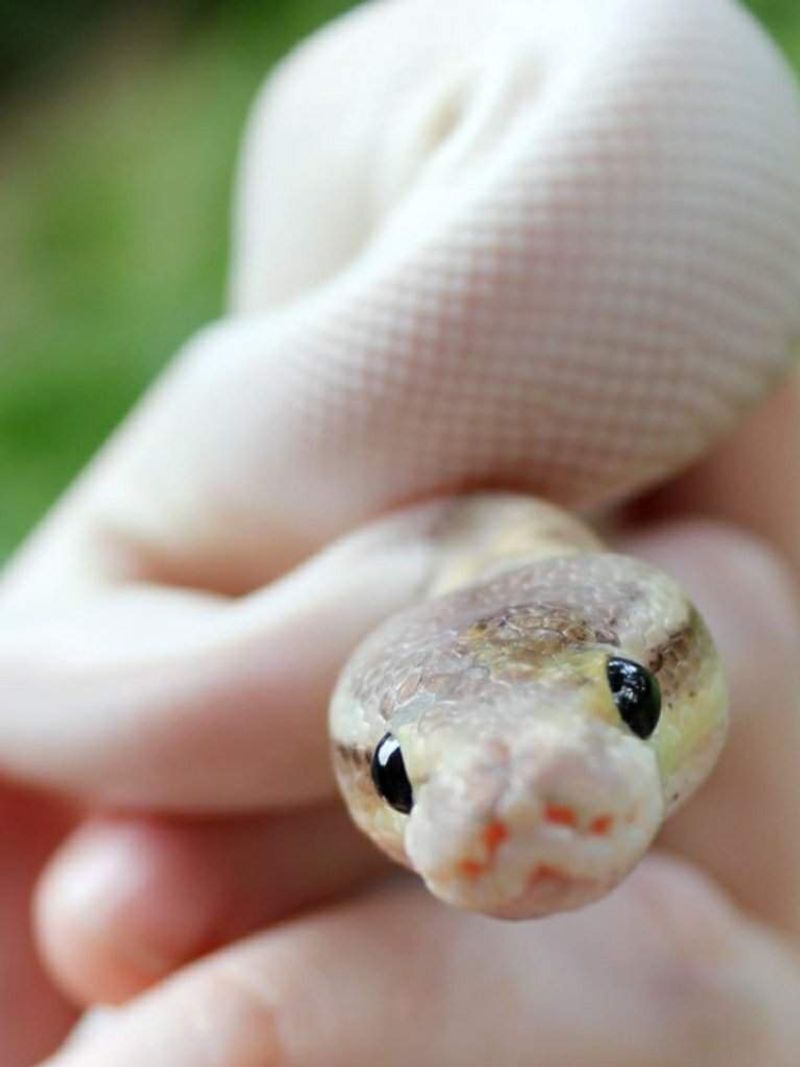
Snakes might seem like an unlikely therapy animal, but they offer unique benefits.
Their smooth, rhythmic movements can be mesmerizing, promoting mindfulness and relaxation. Snakes encourage individuals to confront fears and develop confidence, crucial in trauma recovery.
Handling snakes requires gentleness and care, fostering patience and empathy in therapy. Snakes, with their mysterious allure, are indeed fascinating partners in the healing process.
22. Hedgehogs
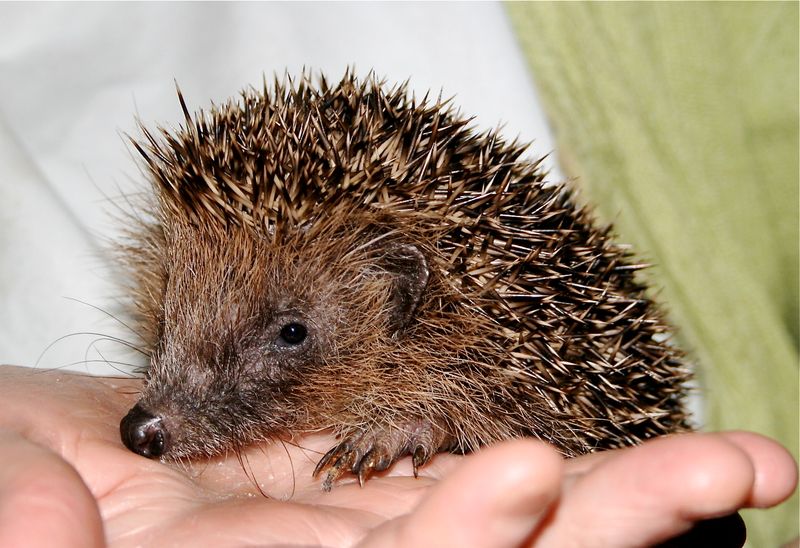
Hedgehogs, with their spiky yet adorable appearance, provide a unique form of therapy.
Their gentle nature and slow movements encourage mindfulness and patience. Hedgehogs require careful handling, fostering responsibility and empathy in therapy.
Their presence can be comforting, providing a sense of calm and relaxation. Hedgehogs, with their quirky charm, are indeed delightful companions on the healing journey.


